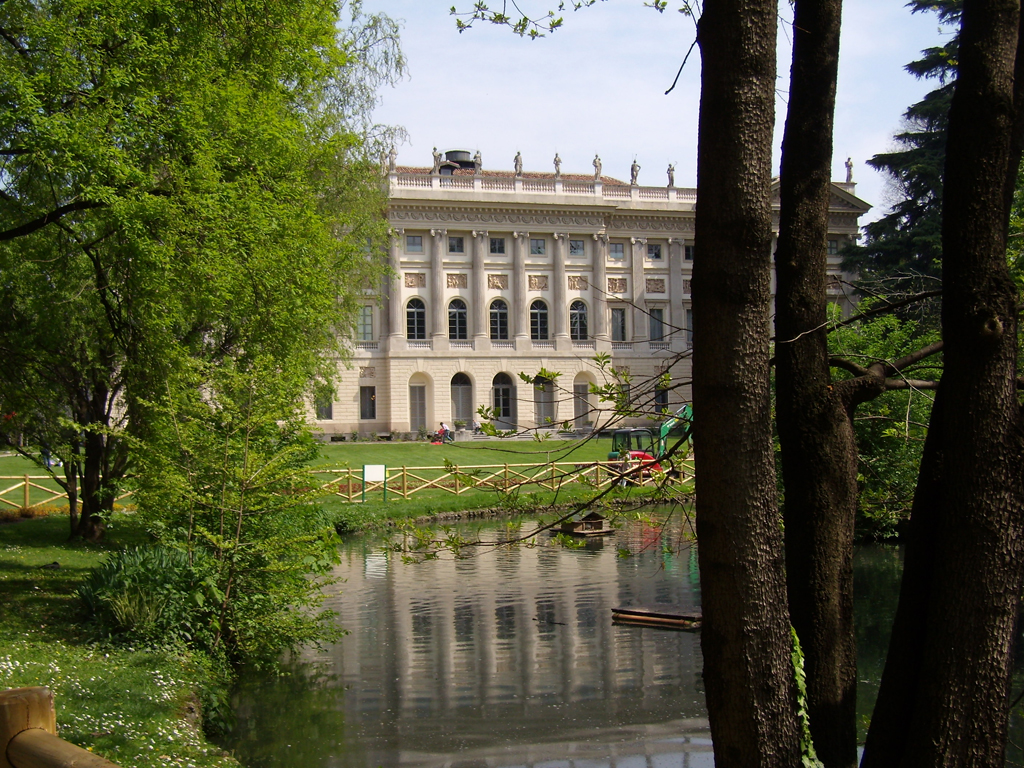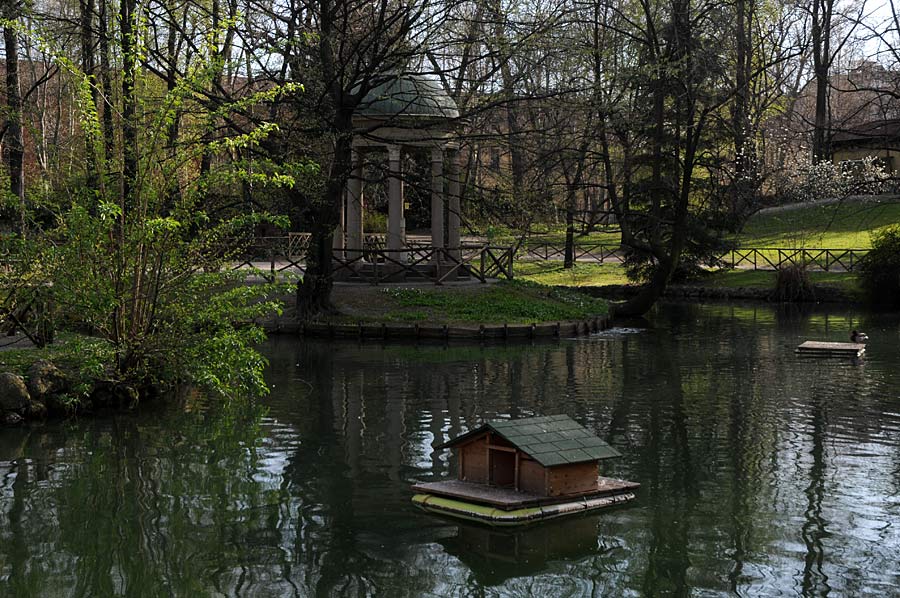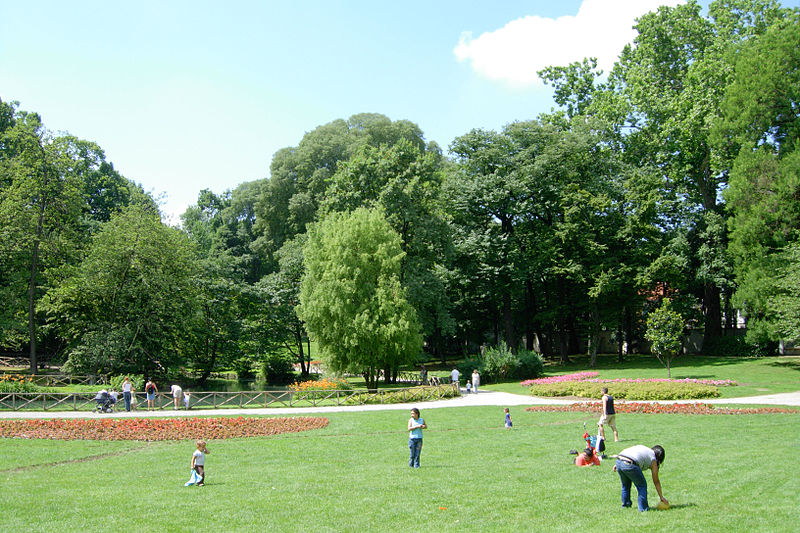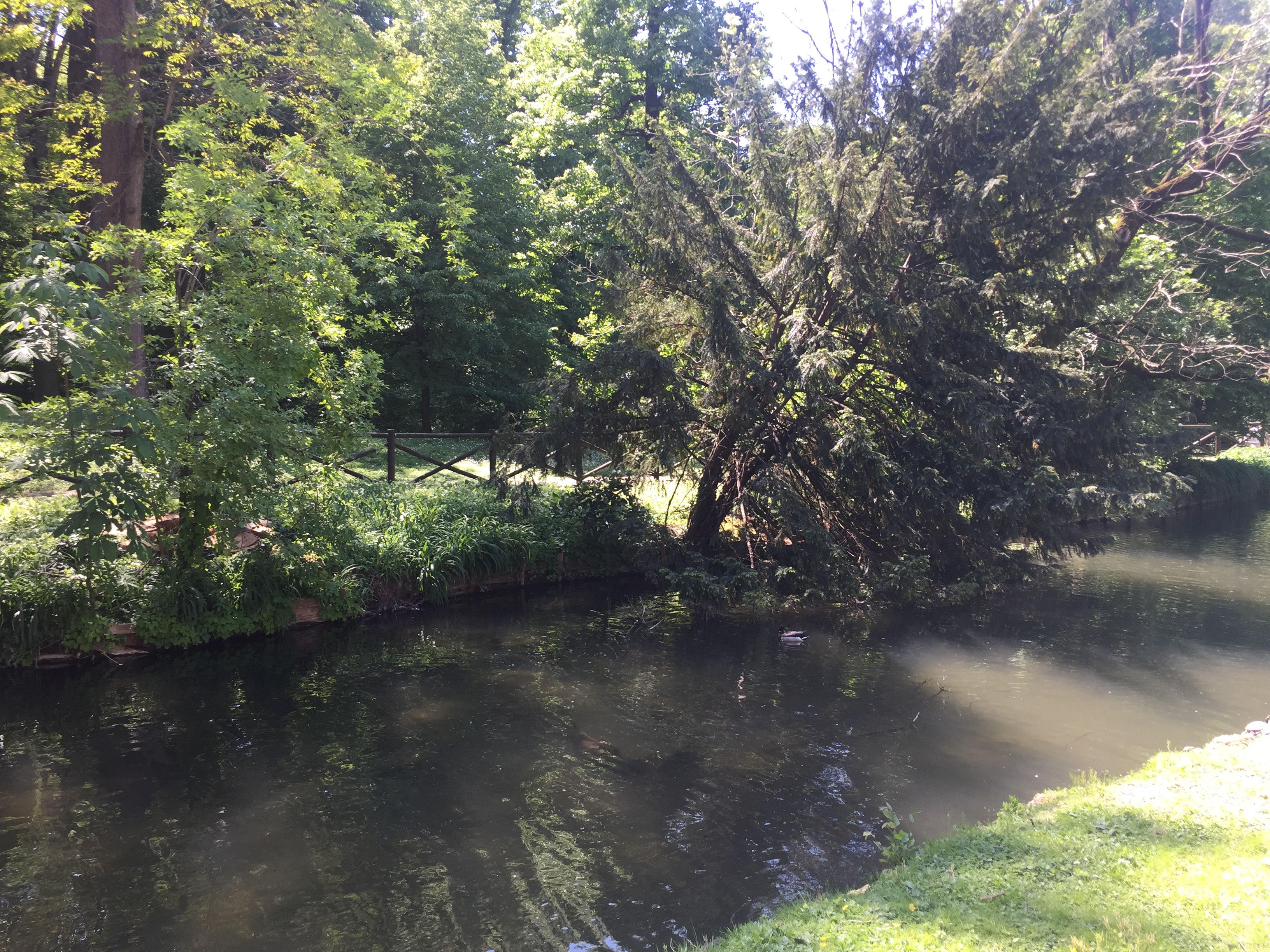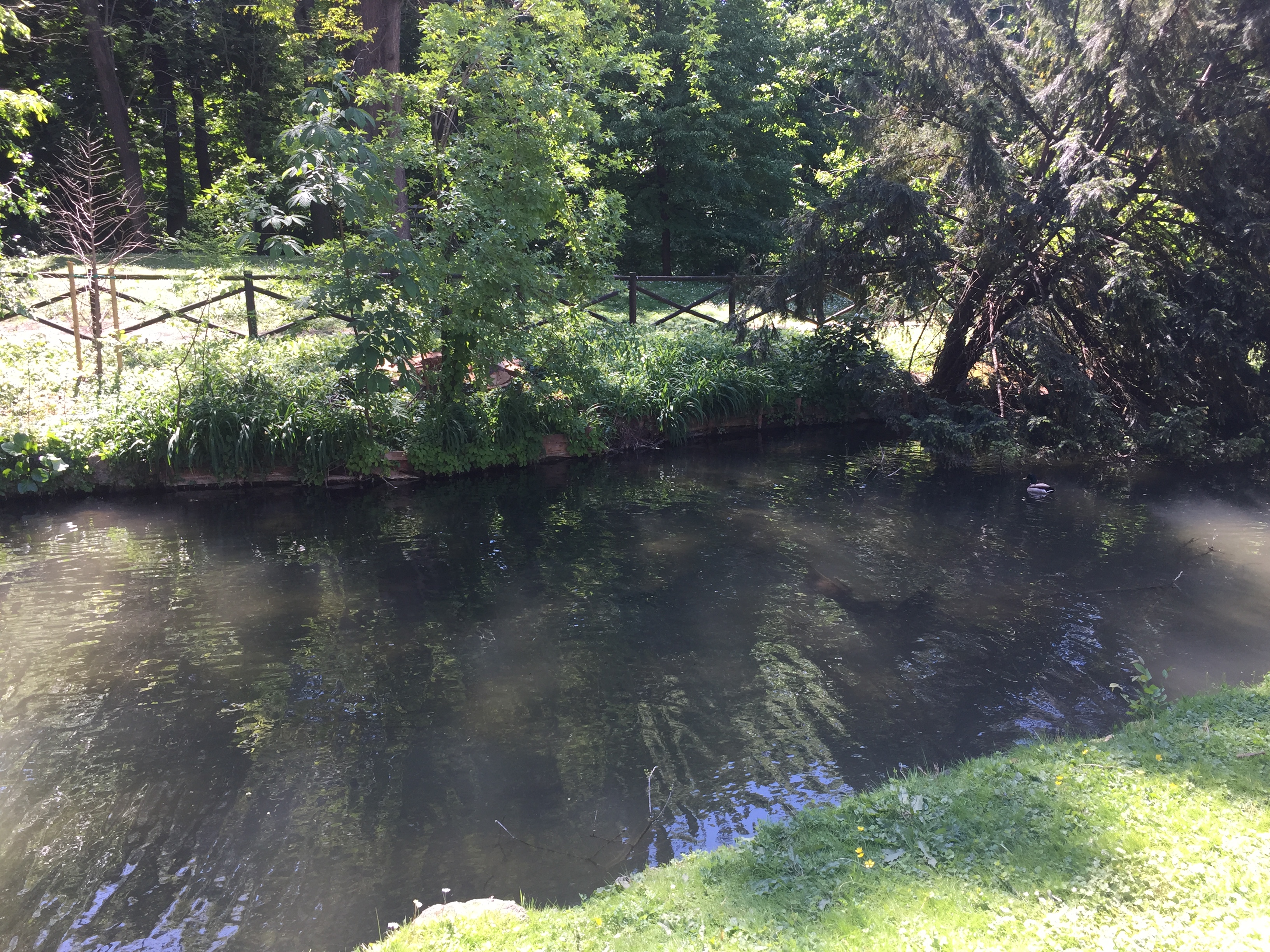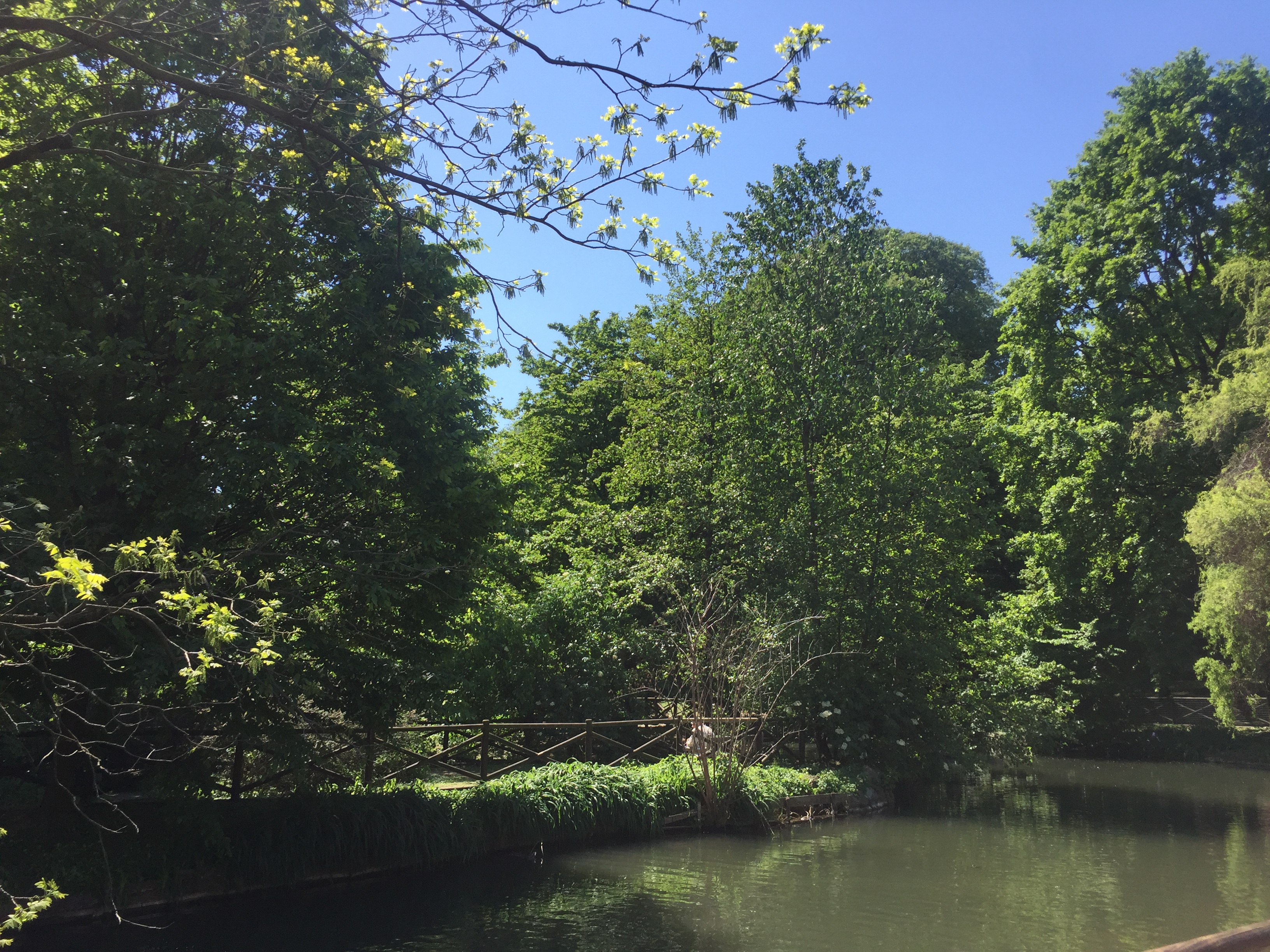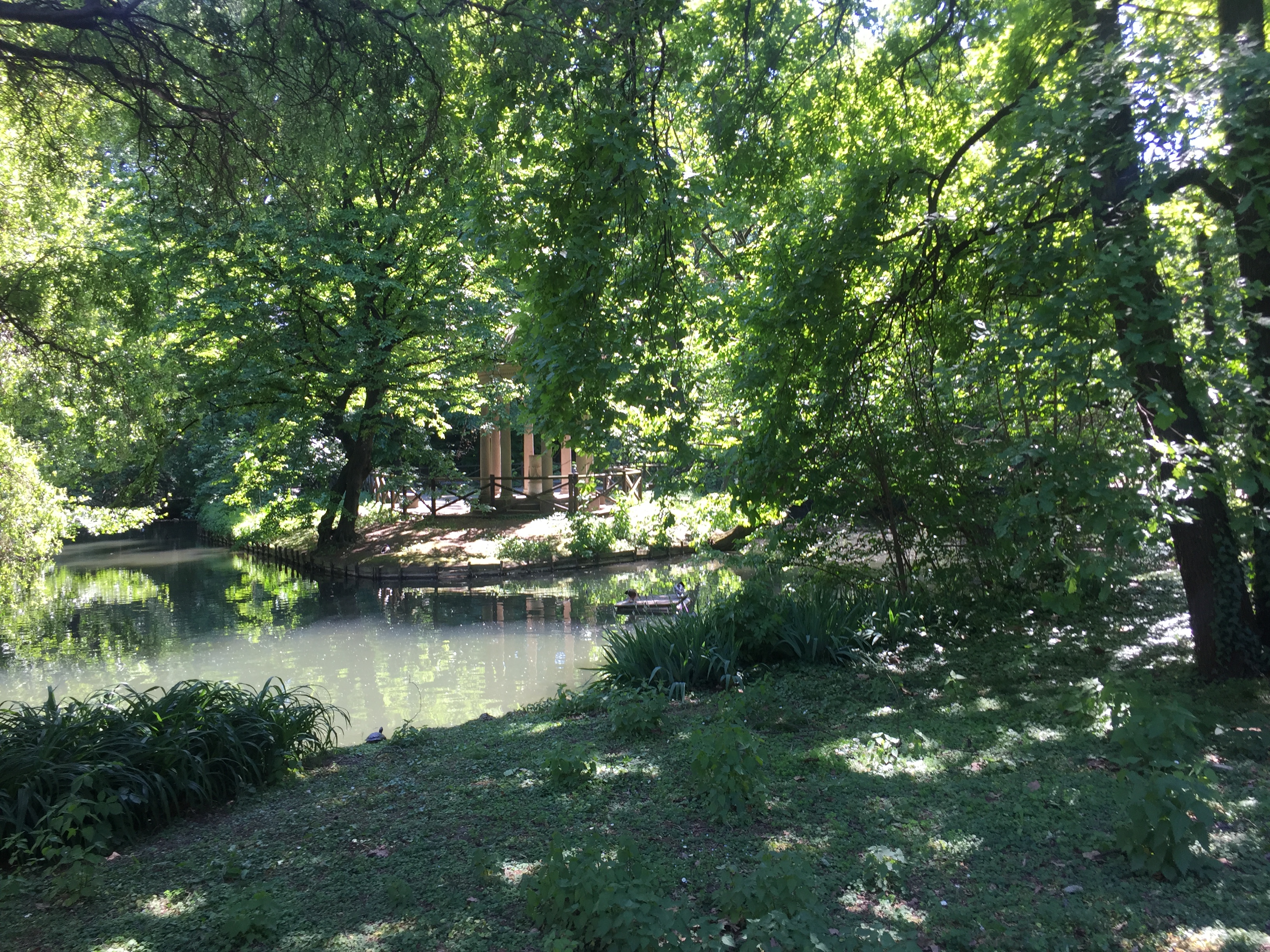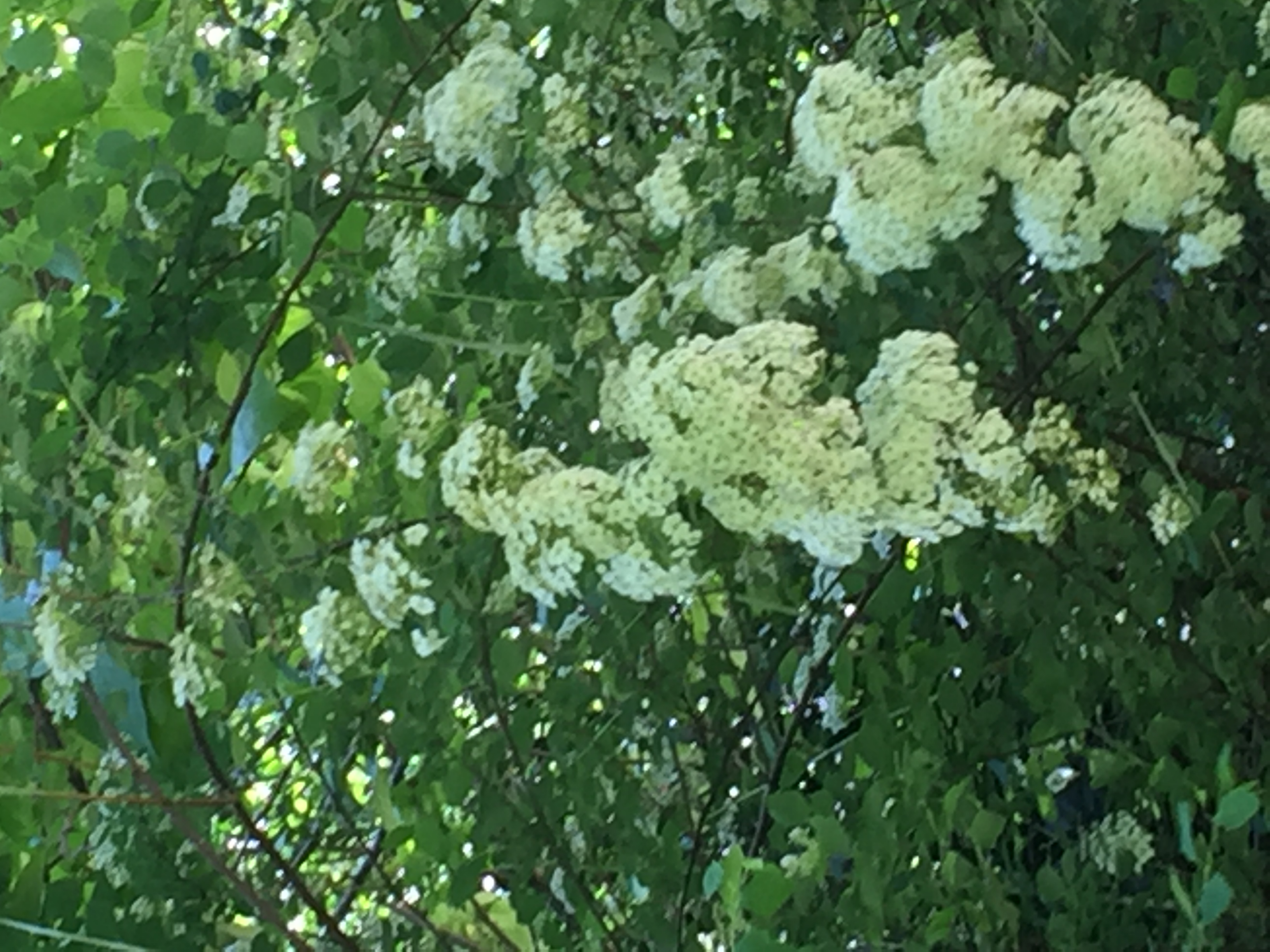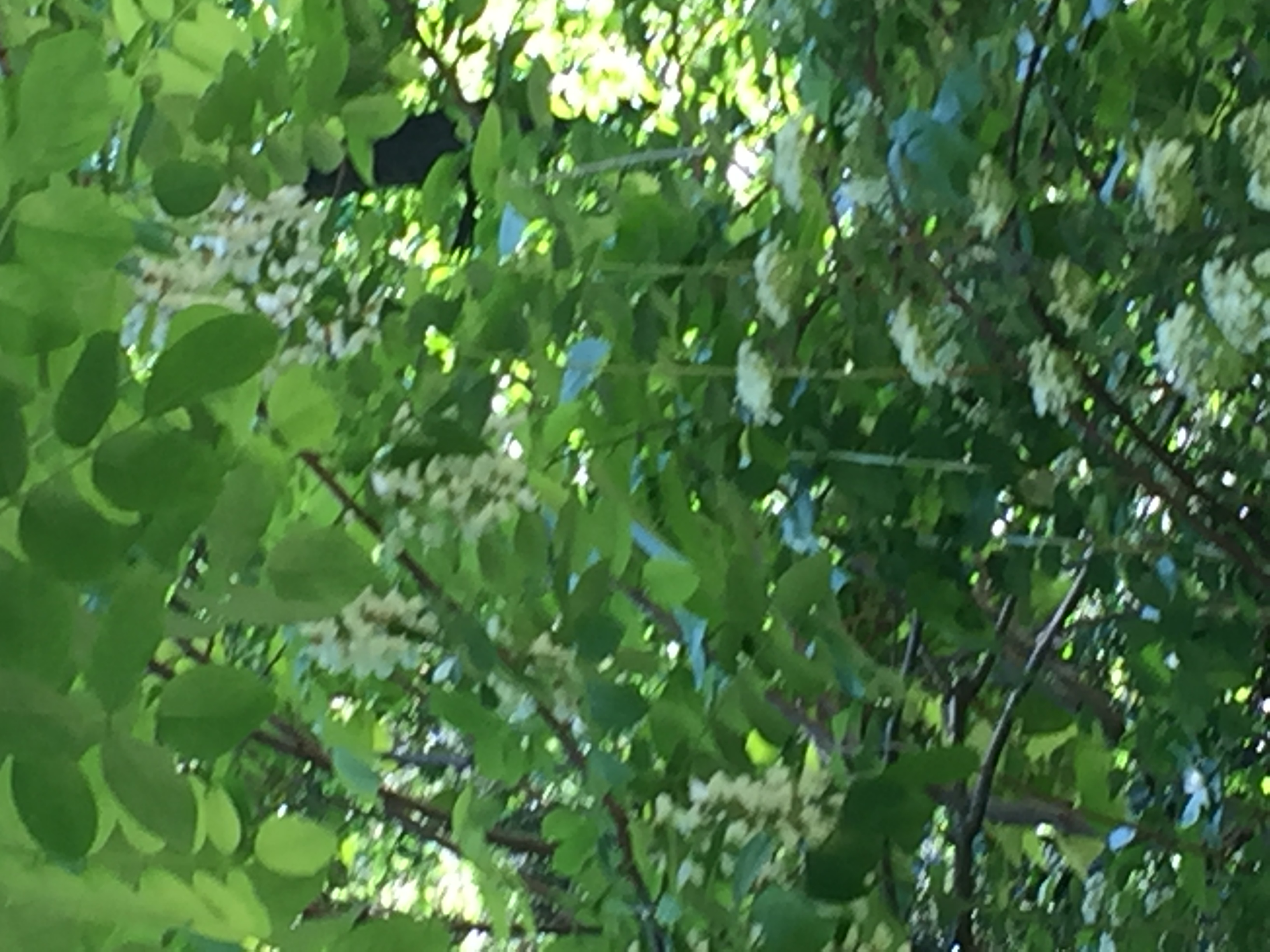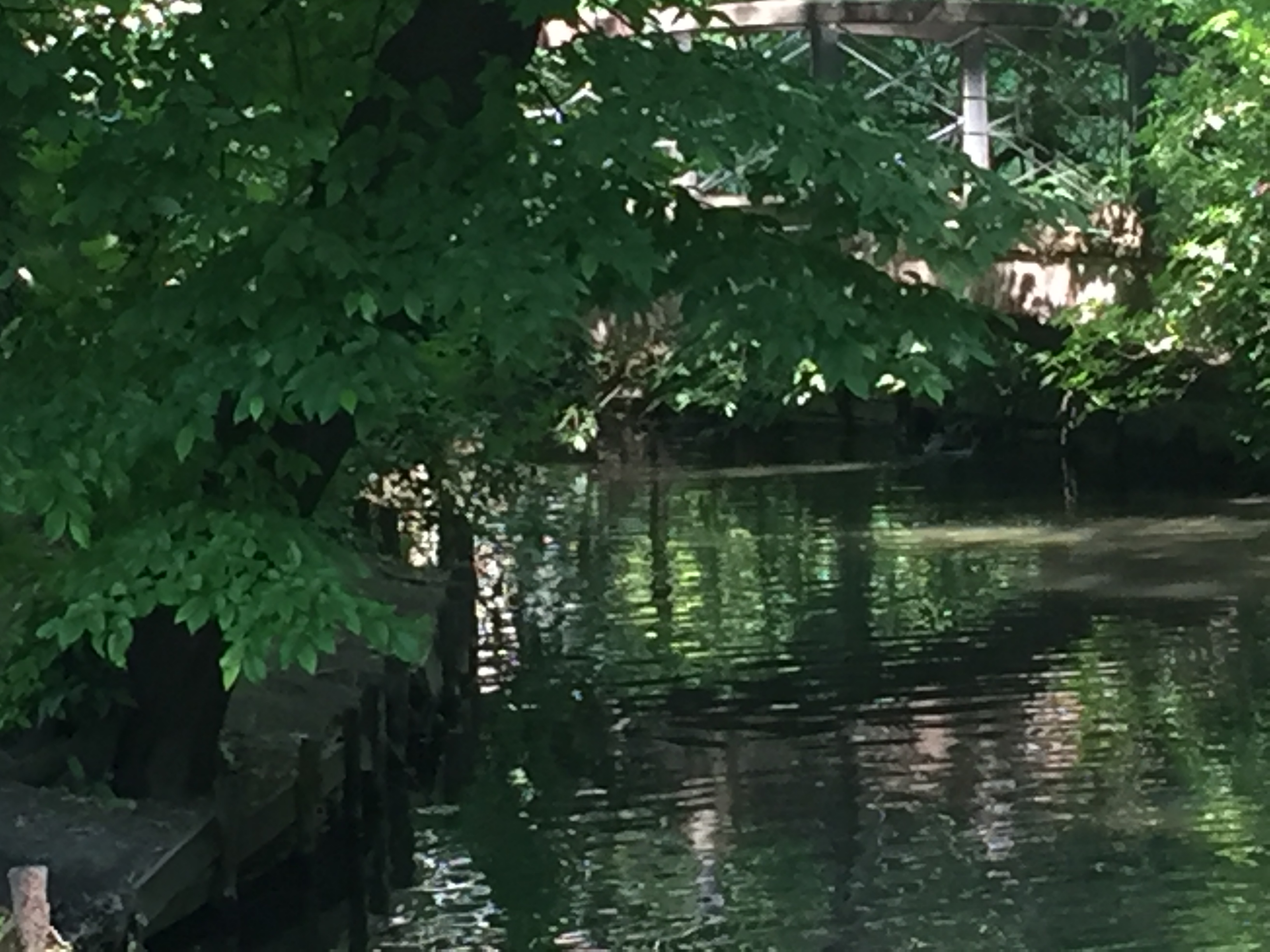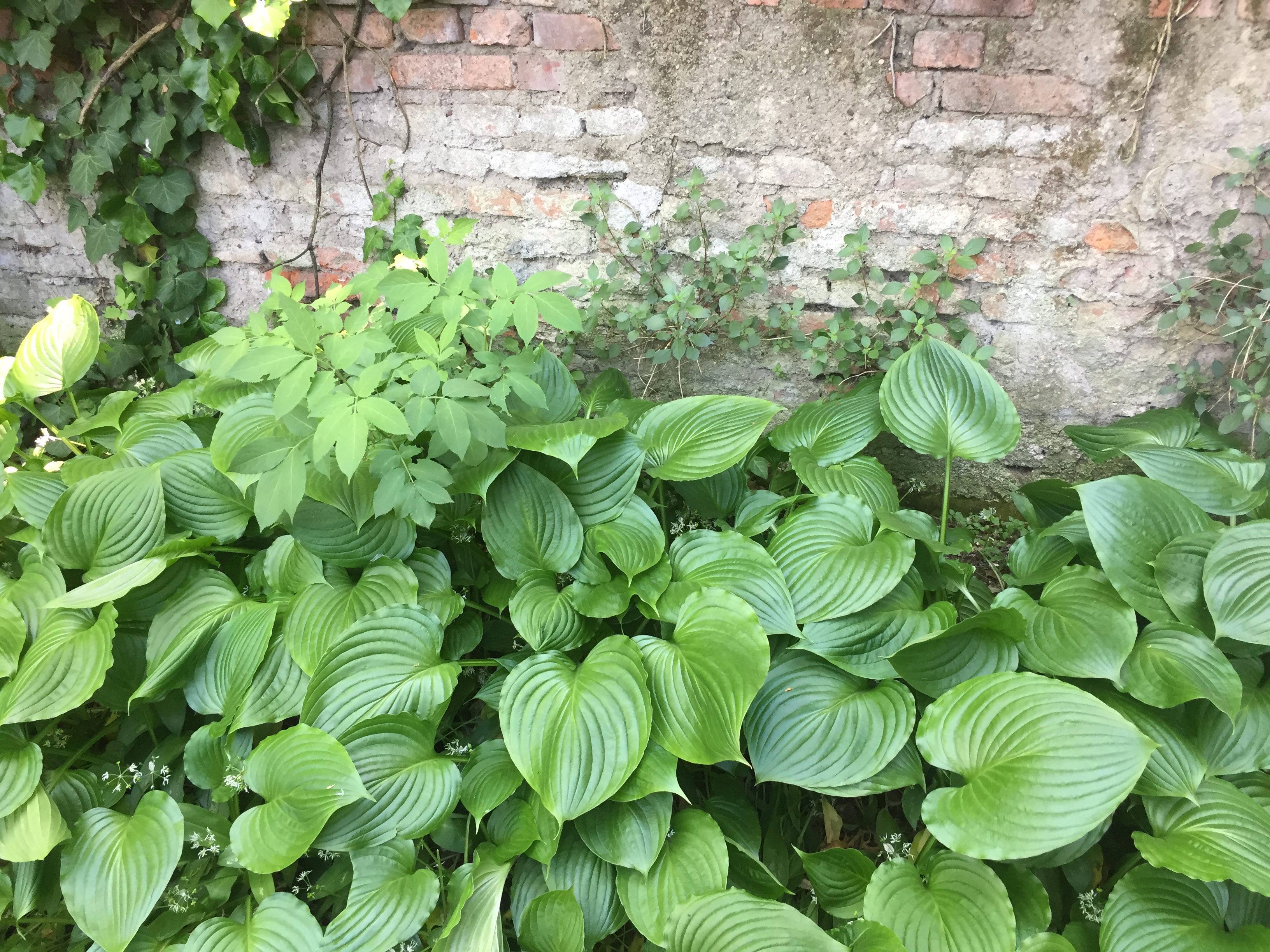
Milan’s Villa Reale Garden / Villa Belgioso Bonaparte Garden
This post is also available in:
 Italiano (Italian)
Italiano (Italian)
The garden of Villa Reale or, better, Villa Belgioso Bonaparte, is one of the first examples of an “English” garden in Milan, built by Count Lodovico Barbiano di Belgioioso – a prominent figure of Milan’s nobility and the Habsburg court. The original project was devised by the Viennese architect Leopold Pollack, a pupil of Piermarini.
As it happens with the villa, the garden was created with an innovative style, among the very first of its kind at that time. What really made a big difference was the supervision of Count Ettore Silva, a great garden expert and the author of “On the art of English gardens” in 1801.
The garden was built along with the residence, in 1790, but underwent several changes during the XIX century. Thanks to the Habsburgs, between 1814 and 1859 it became an important center of cultivation and botanical experiments, like the Park of Monza. Particular attention was paid to tropical and exotic fragrances: in fact, the viceroy of the Lombardo-Veneto Region – Archduke Raineri – happened to be a botany enthusiast.
Giuseppe Tazzini designed a greenhouse – called “Gothic building” – between 1835 and 1838, allegedly using some discarded material from Milan’s Duomo Cathedral. The greenhouse is just one of the several buildings in the English park, like service facilities, the stable, the gardener’s house, some groups of sculptures, the temple of the Parca goddesses, a tower dedicated to Count Ugolino, a military tent, a cave, and a rustic bridge.
The greenhouse area, however, underwent some changes over time: around 1860, it was surrounded by a hemicycled “cavea” consisting of hedges; later, with the Savoia family, the greenhouse was restored, to house the ornamental plants used for decorating the villa for events and parties.
PLANTS
“Guardie Ecologiche Volontarie” Corps organizes comprehensive tours of the park, providing detailed information to visitors. Among the rarest species, visitors can admire a date plum tree (Diospyros lotus) and a Kentucky coffeetree (Gymnocladus dioica).
At the entrance of the garden, there is an interesting specimen of the European nettle tree (Celtis australis) with a polycormic trunk, a huge sequoia (Sequoia sempervirens), Lebanon cedars (Cedrus libani), and English yews (Taxus baccata).
Past the bridge across the pond, there is an Eastern black walnut (Juglans nigra), lindens, European hornbeams (Carpinus betulus), ashes, and white mulberries (Morus alba), as well as European horse-chestnuts (Aesculus hippocastanus) red horse-chestnuts (Aesculus x carnea), sycamore maples (Acer pseudoplatanus), and magnolias (Magnolia Grandiflora).
This post is also available in:
 Italiano (Italian)
Italiano (Italian)
Contatti
Via Palestro 16 - Milano(MI)
02 76002819
Altre info
Gratuito
Da lunedì a domenica
Da maggio a ottobre dalle 09:00 alle19:00. Da novembre ad aprile dalle 09:00 alle 16.00

